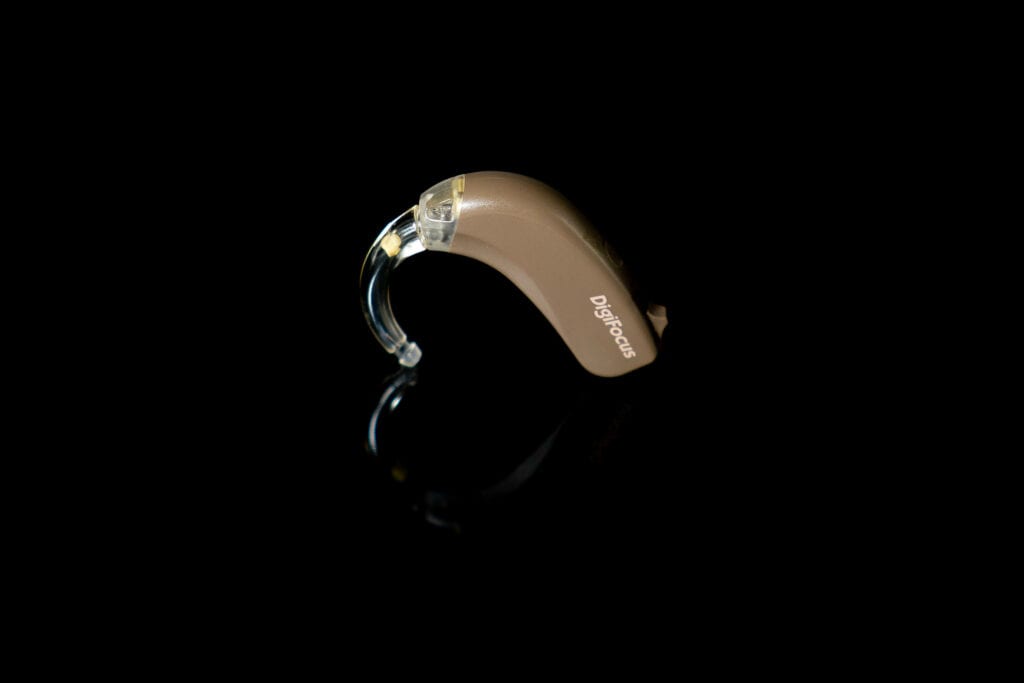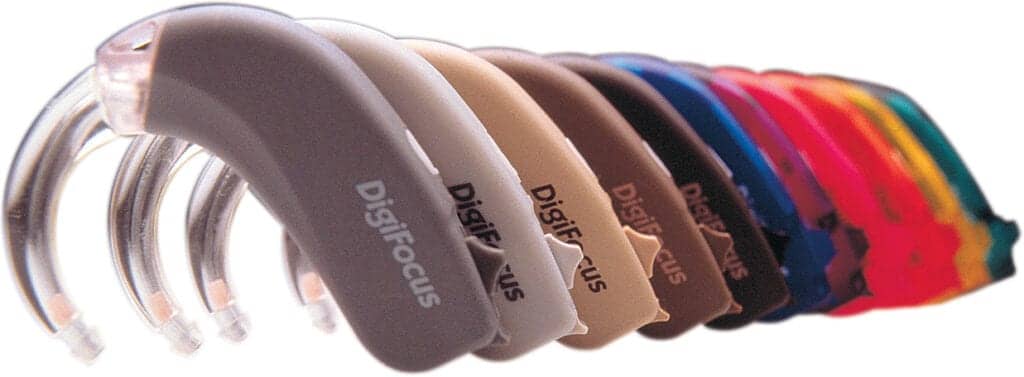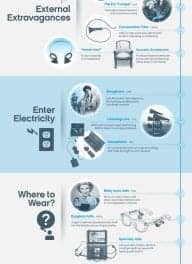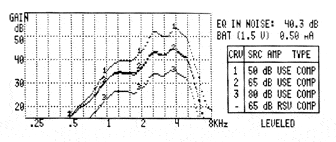This month, Oticon announced that it celebrates the 25th anniversary of a hearing aid that “heralded a fundamental change in how hearing care professionals, consumers, and the media perceived hearing aids.” The introduction of Oticon DigiFocus, the “first ear-level fully digital hearing aid, transported hearing aid discussion out of the realm of ‘your grandfather’s hearing aids’ into the brave new world of digital innovation,” according to the company. In a review of DigiFocus in November 1995, the Los Angeles Times predicted, “What digital technology has done for music and video is about to happen in another industry—the manufacture of hearing devices.”

Before they were built on a digital platform, hearing aids could do little more than amplify sound. DigiFocus divided sound into seven bands and more than 100 parameters, compared with two or three bands for analog hearing aids. Hearing care professionals could now offer patients a hearing solution that made tens of thousands of calculations each second to adjust sound levels to changing situations. DigiFocus could also be programmed to each patient’s specific hearing needs and reprogrammed over time as the user’s hearing changed, Oticon says.
“The most important element of moving into the era of digital was that it allowed our signal processing specialists to begin to imagine solutions for patients that simply could not be developed using analog technology,” said Don Schum, PhD, vice president of audiology for Oticon, Inc. “And we have not looked back, coming out with example after example of industry-leading, life-changing technologies.”
A Company of Firsts
By liberating hearing aids from hardware dependency, the digital platform “enabled new insights and continued advances in audiology, physiology, and fitting process.” Since 1995, hearing aid capabilities have expanded exponentially to include a wide range of enhancements including speech clarity, noise reduction, adaptive directionality, feedback cancellation, data monitoring, and wireless connectivity. According to Oticon, the company “has continued its leadership role in the development of life-changing technology, pioneering a number of hearing industry firsts including the first voice-activated hearing instrument, the first hearing system with artificial intelligence, the first Internet-connected hearing aid, and many more.”

In 2014, Oticon’s “groundbreaking ‘brain first’ approach” to hearing aid technology—BrainHearing—signaled another seismic shift in how hearing science and technology would transform the world for people with hearing loss. Today, Oticon offers a complete portfolio of hearing solutions with BrainHearing, designed to “empower and meet the needs of a broad range of patients with mild to profound hearing loss.”
For more information about Oticon BrainHearing and Oticon hearing solutions with BrainHearing visit: www.oticon.com/professionals/brainhearing-technology/brainhearing-approach.
Hear personal recollections from Oticon staff who were eyewitnesses to this digital revolution: https://www.oticon.com/professionals/brainhearing-technology/audiology-leadership.
Source: Oticon
Images: Oticon





